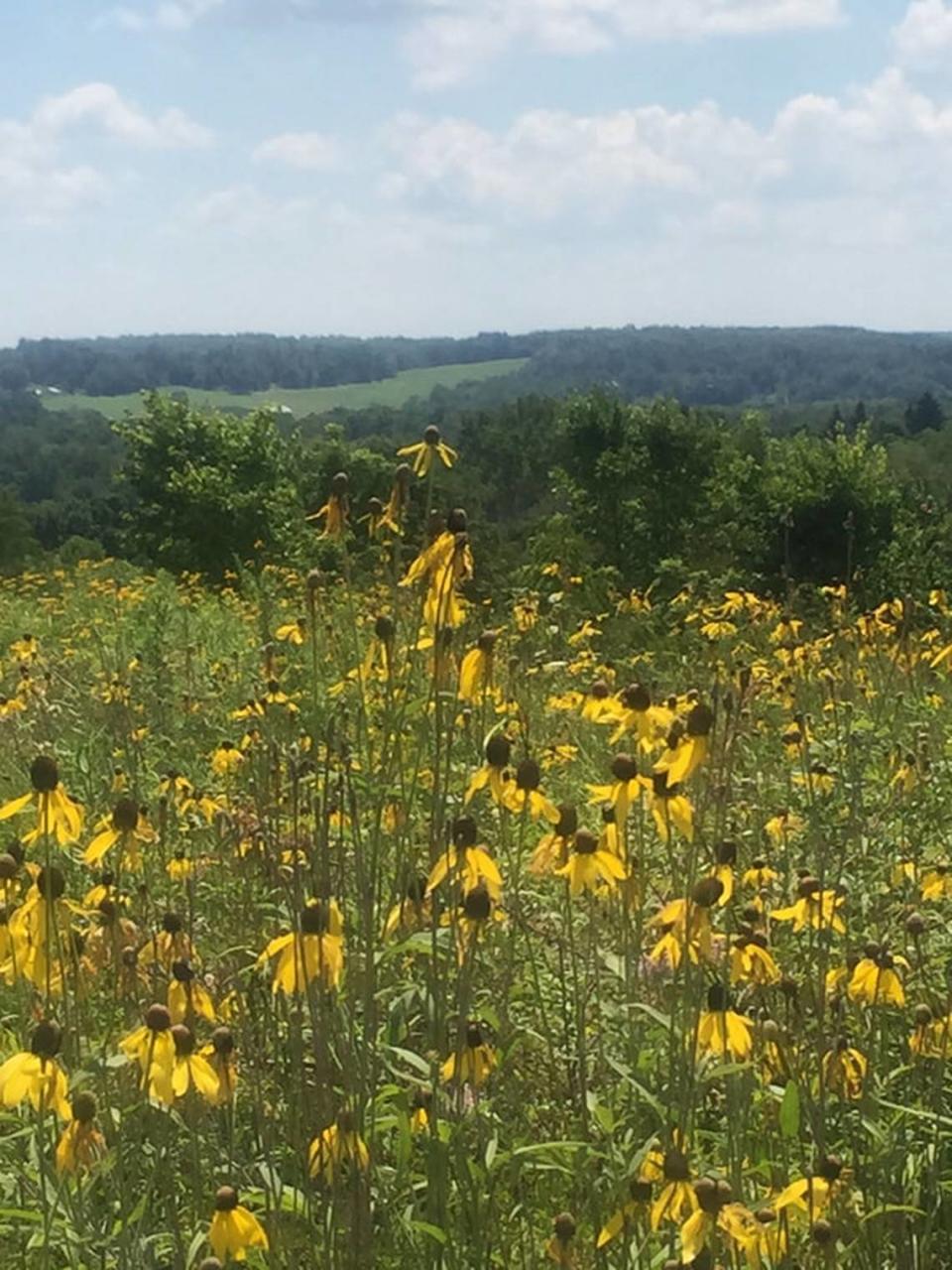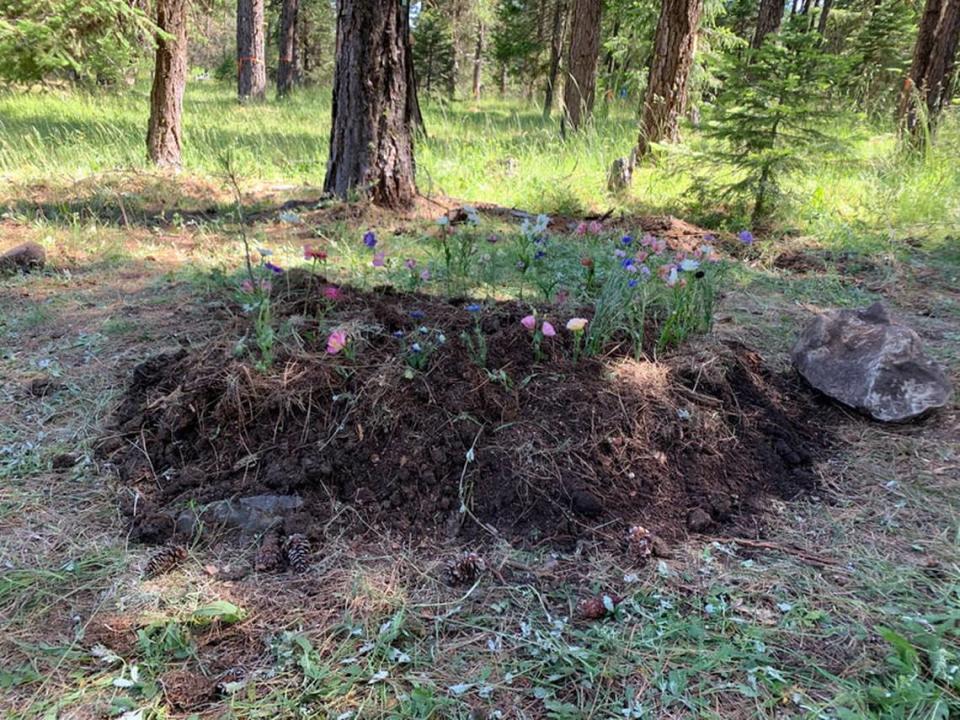Can I be buried in my yard? Cremation and burial aren’t the only options.
People often don’t like to consider their death or that of a loved one, but it’s an issue everyone will confront at some point.
Cremation has become increasingly popular in Kentucky and the nation. Here are some things to know it and about other alternatives to traditional burial.
How does cremation work?
Cremation uses flame and heat to reduce a body to ash and bone fragments. The brittle bone fragments are then put in a machine to pulverize them into pieces usually no bigger than an eighth of an inch.
Cremation is done inside a sealed machine, called a cremator. At the Lexington Cemetery, which can complete six cremations a day in two natural gas-fired machines, the temperature is a minimum of 1,500 degrees. The machine calculates the temperature based on the weight of the deceased person.
Heat and smoke come out pf a stack on the machine, but no particulates. The process is inspected often; the U.S. Environmental Protection Agency visits Lexington Cemetery several times a year.
The deceased person is placed in the cremator in a flammable container such as wood, wicker or rigid cardboard. The process of cremation typically takes two to two and a half hours.
The average weight of the remains of a cremated adult is four to six pounds. Attendants either sweep or vacuum the cremation chamber to retrieve as much of the remains as possible.
Any pieces of metal, such as surgical implants and dental fillings, are separated. The Lexington Cemetery sells those items and donates the money to a children’s cancer charity.
The identification of the person is checked several times during the process, beginning with removal from the place of death, to make sure there are no mix-ups. The tracking includes putting a metal disc with an ID number in the cremator with the body and then into the container with the ashes.
Water cremation, green burial, and more
There are other alternatives.
Green burial involves putting a deceased person into the ground in a shroud or other biodegradable container — or no container — without being embalmed.
Supporters see green burial as better for the environment, but the Green Burial Council does not list a cemetery in Kentucky that it certifies to do green burials.
One reason is that many cemeteries require a vault or liner for graves. That helps keep the ground from settling to make it easier to mow and maintain the cemetery.

However, some rural cemeteries In Kentucky that don’t require a liner could accommodate green burials, according to Sidney Fogle, executive director of the Funeral Directors Association of Kentucky.
Funeral homes in Kentucky also can arrange for green burials in states that do have places dedicated for that purpose.
Another method of disposition is called alkaline hydrolysis, or water cremation. As the name indicates, the deceased person is placed in a watertight container with water and alkaline chemicals that are heated. The process breaks down the body into a sterile solution that can be put down a drain, and the bones are pulverized as in flame cremation.
It is not yet legal in Kentucky, but a funeral home could arrange to have it done in a state where it’s legal.
The other method of “final disposition” that has been approved in a few states, but not Kentucky, is called natural organic reduction, or human composting.
In that process, a person’s body is put in a container with materials such as hay, straw and wood ships that help turn the body into soil, according to a document explaining the law in Oregon.
The process takes about about four to six weeks, with additional time needed to dry the soil.

The process creates about a cubic yard of soil, which is roughly enough to fill the bed of a pickup truck, according to Recompose, a Seattle business that provides the service.
Recompose says its customers have taken the soil to use in gardens or groves of trees or to scatter, but that they can also donate it to use in reforestation efforts.
The process is not approved in Kentucky, Fogle said. He assumed a funeral home could arrange for it to be done in a state where it is legal if a family chooses.
Is it legal to be buried in my backyard?
The answer is maybe, because there may be city or county ordinances that prevent it, but in the absence of those prohibitions, it is legal for people to be buried on their own property, Fogle said.
It’s not uncommon for people to be buried on a family farm, for instance.
“People bury on private property all the time,” Fogle said.
It would be best for a funeral home to handle the burial, however. One reason is that the state and other agencies, such as the Social Security Administration, are supposed to be notified of deaths and funeral homes know how to complete that process.
One thing to think about, however, is that land doesn’t always stay in the family forever, Fogle said.
---
Sources for this story include Miles Penn and Chad Prewitt at Lexington Cemetery; Sidney Fogle, executive director of the Funeral Directors Association of Kentucky; the Cremation Association of North America; Recompose; A Greener Funeral; and the Green Burial Council; and WebMD.

